We often talk about how intense climbing is – but mostly in the context of muscle toning and strength training. Truth be told, climbing and bouldering are just as tough on our hands, fingers, and skin.
Shredding your hands and scraping dry skin on the wall can quickly give way to wounds, calluses, and flappers. Bloody hands and battle scars may look dope, but they sure don’t feel dope. For us climbers, maintaining healthy skin and fitness are equally important.
Thankfully, specialized salves, climbing lotions, and handcare balms can salvage a botched climbing session. For instance, using good chalk provides moisture, nourishment, and hydration. Climbers need this essential moisturization to soothe the flapper skin area, repair calluses, and protect the skin from overdrying and cracking.
All in all, the right climbing balm and handcare routine can make your sessions better, safer, and a whole lot more fun.
So, what do you need to know about climbing skincare and its application? Today, I’ll share my favorite products and secrets for callus repair and flapper prevention.
Best Hand Creams and Salves from Climbers
1. ClimbSkin Hand Cream
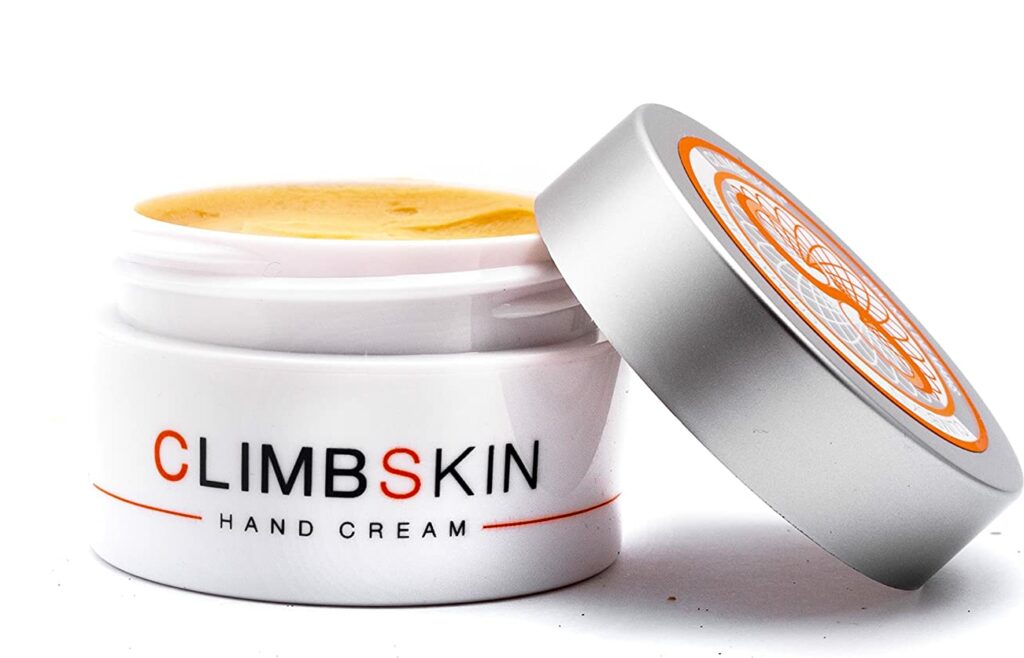
ClimbSkin Hand Repair Cream is the best premium hand care climbing cream / lotion you can buy in 2022. Although, it’s on the pricier end retailing at $25, which isn’t a beginner-friendly option.
Putting the price aside, the cream checks all the boxes – it’s quite soft, breathable, and soaks into the skin quickly. It’s made from Shea butter and natural non-drying ingredients to moisturize your skin.
It does an excellent job of healing your skin, but it’s difficult to recommend an ounce of balm for such a high price. Only buy if you’re comfortable with the price.
Buy ClimbSkin Hand Cream on:
2. ClimbOn Original Bar
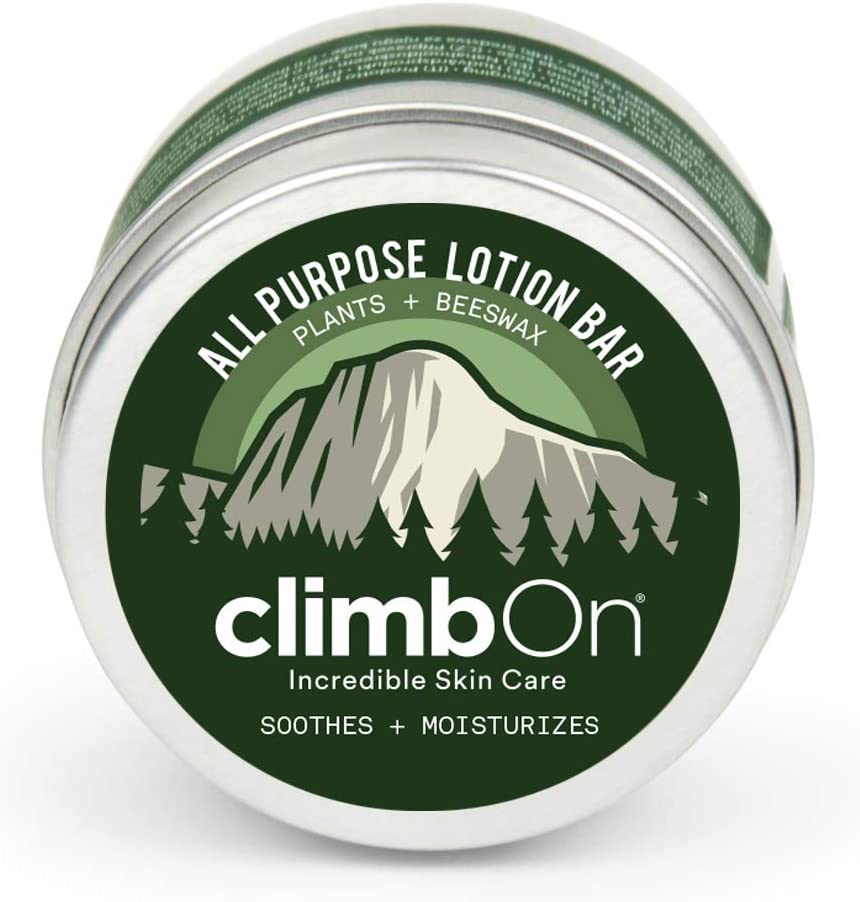
ClimbOn is the second biggest name in this niche, right after ClimbSkin.
The ClimbOn Original Bar is the best hand care bar / balm you can purchase in 2022 at just under $18 per oz. To apply the balm, heat the bar and put it on the skin to create a temporary layer over the affected areas.
Similar to ClimbSkin, this product has outstanding and reliable healing capabilities. And it’s made from organic / plant-based ingredients. Additionally, you won’t have to worry about accidentally spilling the cream inside your bag / kit since it comes in the form of a bar.
Buy ClimbOn Original Bar on:
If you have the budget for a little extra, you can “try your hands on” ClimbOn Ridiculous! Infused Dead Sea Salts.
3. Skin Repair Cream For Dry Cracked Hands

Rhino’s Skin Repair Cream is expensive since it retails for $118 per oz. It’s a specialized cream for severe cases of dry hands with cracked and infected skin.
Along with its healing properties, the product also contains various drying agents. You should carefully assess the ingredients list before buying the cream. It’s also beneficial for climbers who sweat too much.
Buy Skin Repair Cream For Dry Cracked Hands:
4. Joshua Tree Climbing Salve
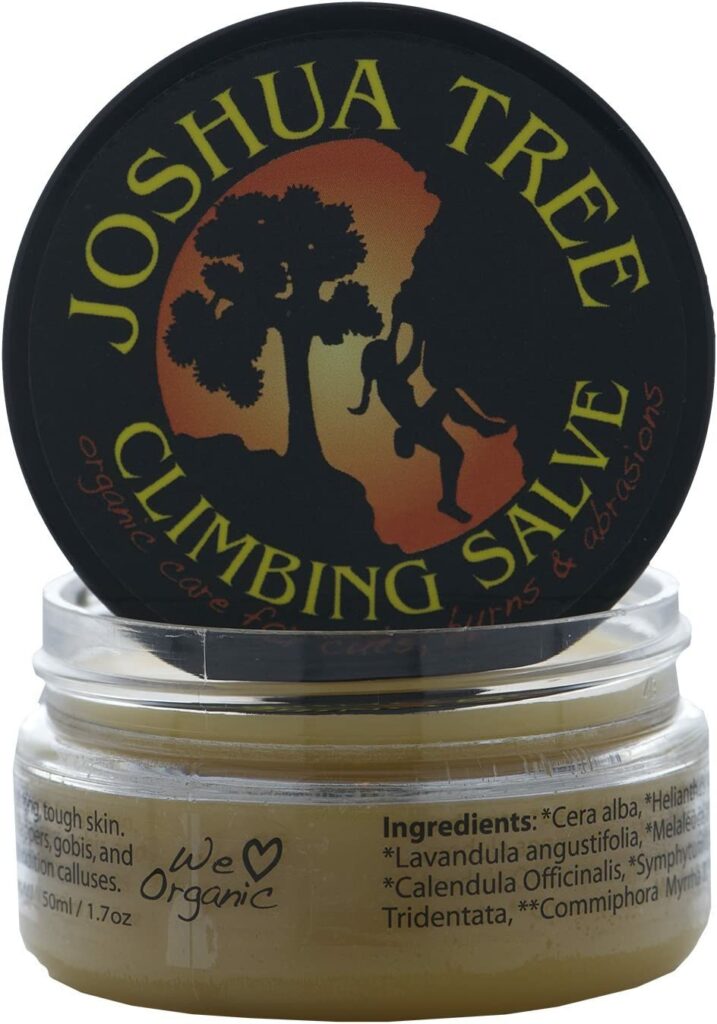
Joshua Tree Organic Climbing Salve is a “good” product at best. The salve only has two pros – decent skin healing and organic ingredients.
However, the pros don’t outweigh the cons in this case – the residue of this salve is oily, so you’ll have to wait and sit around for about 10 minutes before you can go about your day.
And it’s super pricey for just an above-average product. Instead of buying JT for $20, you can add a few bucks and get ClimbSkin. Only buy if you’re getting a good deal.
Buy Joshua Tree Climbing Salve on:
How to choose a good climbing salve / cream?
There are dozens of amazing climbing salves that you can buy these days, from the premium ones like ClimbOn and ClimbSkin to some of the local mixtures. Here’s how you can choose the best one for yourself.
1. Make a budget.
Prepare a realistic budget and stick to it. If it’s your first time, I recommend staying between $5 and $12. This way, you can try a couple over the next few months to see what suits you the best.
2. Salve vs. Cream
So, this choice mostly depends on your preferred skin texture. Wax-based salves are suitable for comparatively harder skin with their pros for climbers.
Although, if you want softer hands, choose a non-wax cream instead.
3. Choose the right ingredients.
Ingredients maketh climbing balms (and, well, every other product you use).
You should look up the product’s composition even if you’re not allergic to specific ingredients. It might turn out that your favorite balm has some unsuitable ingredients for your skin time.
EWG’s Skin Deep Cosmetic Database is a good place for research. If you have room in your budget, I recommend going with a mostly, if not 100%, organic and natural product.
4. Your Intended Purpose: Handcare vs. Restoration
The hardcore wax-based climbing salves are mostly for severe restoration of the skin. They’re usually applied to hands after a long history of skincare neglect.
Most climbers I hang out with hardly ever use them. The key is to use creams / balms (climbing or non-climbing) and proper hand care. You won’t need restoration if you invest in general hand care from Day 1.
How do climbers care for hands and skin?
1. Handcare Before Climbing
Save yourself a lot of pain by trimming your fingernails because one bad move and you could be bleeding without a nail. Remember to not clip too much or too less – the trick is to leave just a little bit of “white portion” and round the edges all the way.
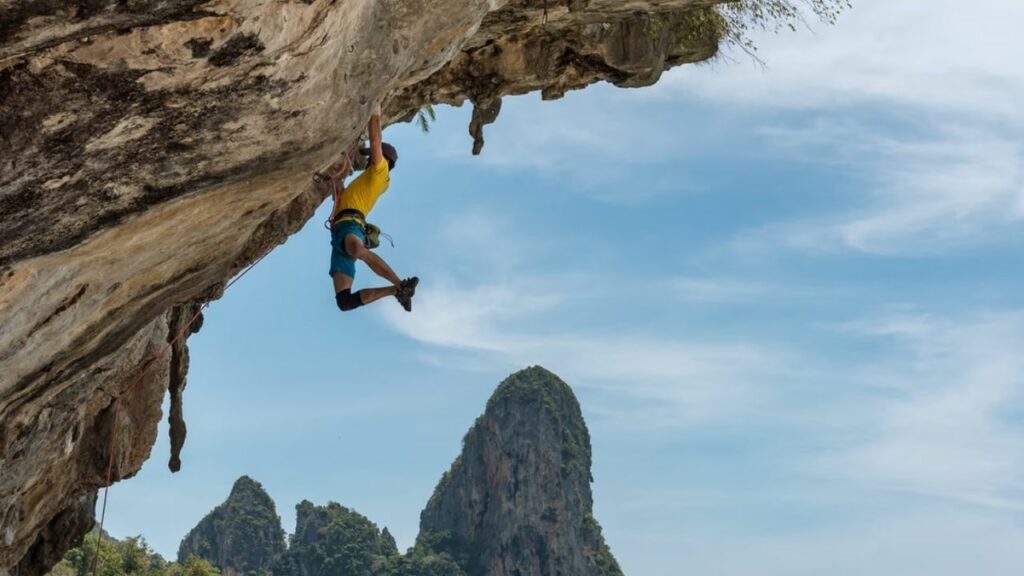
Have you ever had those days when you just stretched your palm, and it hurt slightly? Yeah, that’s because of dry skin. Hydrate your skin with a non-wax cream one or two hours before you climb. It’ll protect you from cracks and make the palm more elastic.
Finally, file your calluses and blisters.
Climbers sand their fingers using a sandpaper or emery board to maintain their calluses and keep them in check. This ensures the calluses remain hard and provide a better grip during the climb instead of overgrowing and popping into a dreaded flapper.
2. Handcare During Climbing
We often go along with the most popular chalk, but there’s a good chance it isn’t compatible with your skin type. Don’t use climbing chalk with active drying agents unless you tend to have sweaty hands.
Research your chalk and skin type to make the right choice. Whenever you’re climbing, monitor your hands for cuts and tears. Retreat immediately if you notice one and apply first aid.
3. Handcare After Climbing
Wash your hands with soap thoroughly after your climb and use a climbing salve like Climbskin to deal with wear and tear.
And most importantly, DO NOT forget to reapply your handcare climbing lotion before bed. It’s a super important step that newbies often skip.
How do climbers take care of flappers?
Despite our best efforts, if you get stuck with a case of flappers, here’s what you need to do:
1. Stop climbing immediately:
If you continue to climb and train with a flapper, you’ll likely increase the “wound.” In the worst-case scenario, you’ll start bleeding from the area. Granted, it won’t be a LOT of blood, but it’s bad nonetheless.
2. Clean and disinfect the flapping area:
Use some water and soap to clean the area. And apply a disinfectant if it was previously covered in dirt.
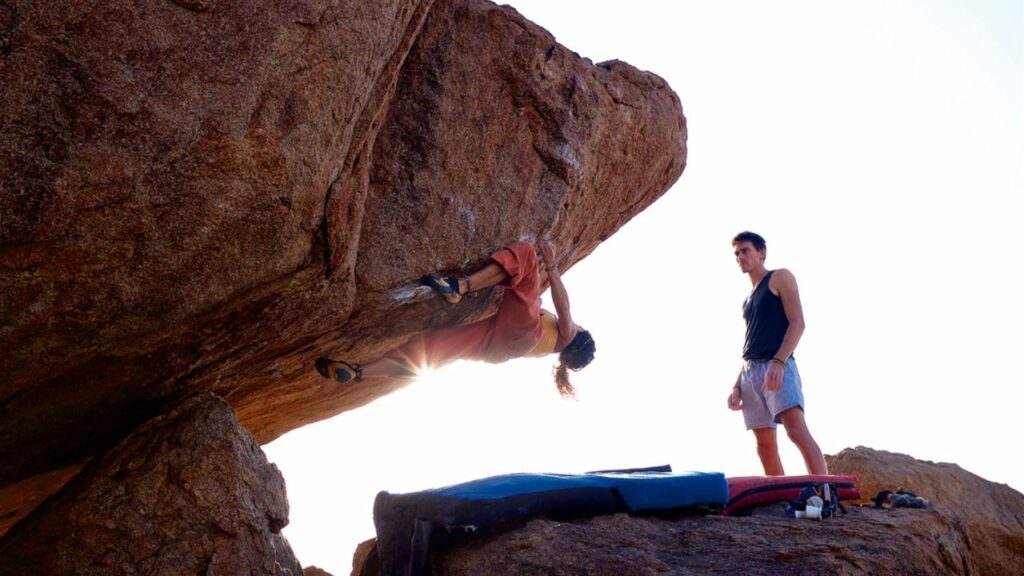
3. Cut the loose skin.
You can either trim the loose skin (flapper) or put it back into its place and tape it over. I recommend trimming it and taking a break to allow your body to heal properly.
4. Administer first-aid.
Disinfect it once more before applying some antibiotic ointment. Finally, put a snuggly bandage over the area instead of air-tight tape.
5. If you absolutely have to…
Use climbing tape over the bandages if you absolutely have to climb and if it’s not too painful. This keeps things in the right place.
Frequently Asked Questions About Handcare for Climbers
1. What does a good climbing handcare kit include?
A good handcare kit for climbers includes a climbing non-wax salve for hydration, a disinfectant for injuries, a nail clipper, and sandpaper for filing calluses and blisters.
2. Can you wear gloves for bouldering?
Wearing gloves on the wall is a terrible idea for climbers. Our hands and feet interact differently with various cracks and crevices in the bouldering route. Even with tailored gloves, it’d be next to impossible to maintain a steady grip for each move.
3. Do calluses make your grip better?
Calluses do have a positive effect on your overall climbing, provided they’re well-maintained and controlled. They prevent flappers and tender skin, which allows you to climb for a longer period than usual.
4. Does chalk protect your hands and prevent calluses?
Climbing chalk not only helps with a steady grip, but it also prevents calluses. Liquid chalk soaks up the sweat, drying the surface of your hands. This creates a protective barrier that prevents further skin cracks and painful calluses.
5. Does rock climbing make your hands bigger?
Rock climbing and bouldering don’t make your hands bigger, but your fingers do get thicker. The intense training and constant breakdown of the outermost layer forces the tendons to “evolve” – so they regrow harder and thicker every cycle.

